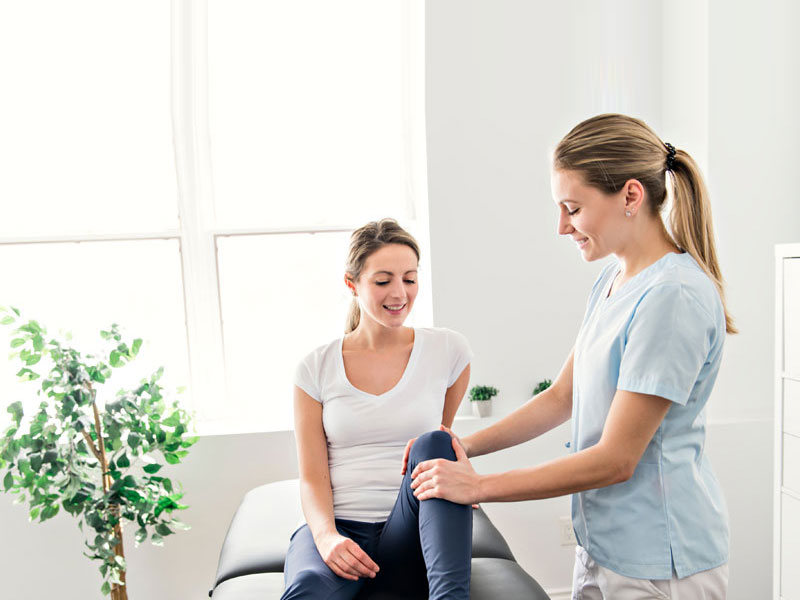With the world’s present situation regarding the deadly covid-19, many workers have resorted to working temporarily from their homes through the enacted WFH (Work from Home) Protocol. Some have even been put into isolation.
Therefore, if you are confined to your home, ensure that you are adequately prepared to prevent triggering previous injuries or causing new ones. While working from home, you might be tempted to bend over your laptop, work from your sofa, or slump in bed – although this may be very comfortable in the short term, but creates issues in the long term.
Thus, it will be preferable to make a place comfortable and convenient if you stay there for a long time. Here are seven tips to make your workspace very comfortable:
Table of Contents
1. Sit Properly
Many of us don’t sit properly when working. The slouching, the side slump…
- Invest in a good chair. When you invest well in your body, it will eventually pay off.
- Sit with your back to the chair and your feet flat on the ground.
- Ensure you adjust the chair to the right height so that the knees are positioned at 90 degrees. This is because a chair that is too low or high may make you sit with the legs crossed across each other or with your back slouched.
2. Use a Lumbar Support
Some people are fortunate to own chairs with built-in lumbar supports. However, if you don’t have one, they are affordable and sold online. Guess what? They are worth it.
Lumbar support removes the degree of lumbar flexion, especially around the lower back. It also reduces the degree of thoracic flexion, particularly around the neck and upper back.
3. Lift the Screen to your Eye Height
Keep your laptop screen at eye level to avoid rounding the neck or shoulders too much. Even the slightest change in position or angles of the head significantly affects the back and neck muscles.
You can get a small laptop stand, and this is a worthy investment.
Elliot Stead from Sano Physiotherapy Leeds says, keep your laptop screen at eye level to avoid rounding the neck or shoulders too much. Even the slightest change in position or angles of the head significantly affects the back and neck muscles.
4. Avoid Repetitive Rotation
Persons who use multiple screens are advised to try to place them on top of each other. You can also arrange them in a more central place. If the screens are more than two, you must ensure that the screens are arranged in order of frequency.
5. Stand Up, Move Around
This is an obvious tip. Just by standing up or walking, your heart will be able to pump fresh blood into your body, and other muscles in your body will be fully engaged. While sitting, we have closed hips, bent knees, disengaged glutes, and core, as well as rounding at the back. Sounds miserable, right? So, ensure you plug in your phone in other parts of your room. You can also have frequent water or tea breaks, and you can perform an afternoon dance in your home office too.
6. Do some Easy Desk Exercises and Stretches
Keep these exercises and stretches simple. Below are some excellent desk exercise ideas:
- Gently move your shoulders, particularly in circles
- Stretch your hands towards your head and try to lean sideways
- Gently straighten your neck from one side to the other (shoulder to ear)
- Gently stretch your chest by reaching behind the chair
7. Ask for a stand/sit desk
A point to note is that it is not necessarily the setting that causes most pain as people working with standing desks also complain of specific pain; instead, it is a result of your static posture, doing just one thing. The human body is designed to be agile, strong, and flexible, and that’s why the body moans and winge after sitting down for long hours. Or better yet consult a workplace physiotherapist to ensure you’re working in an environment that’s comfortable and improves your well being while at home.







